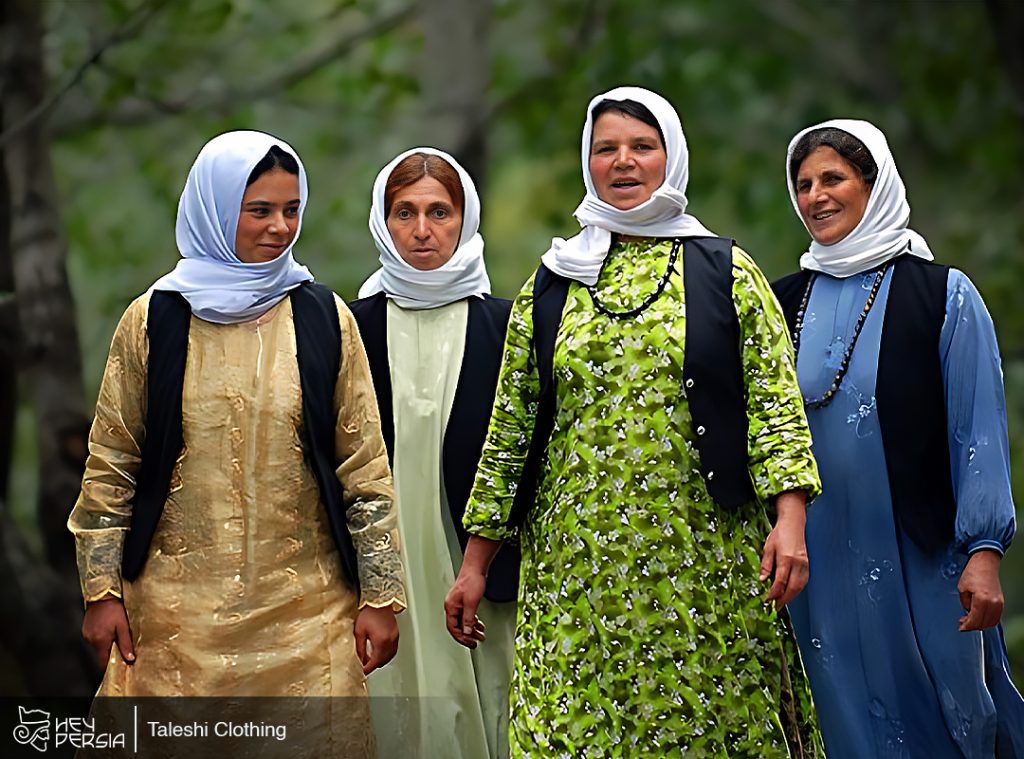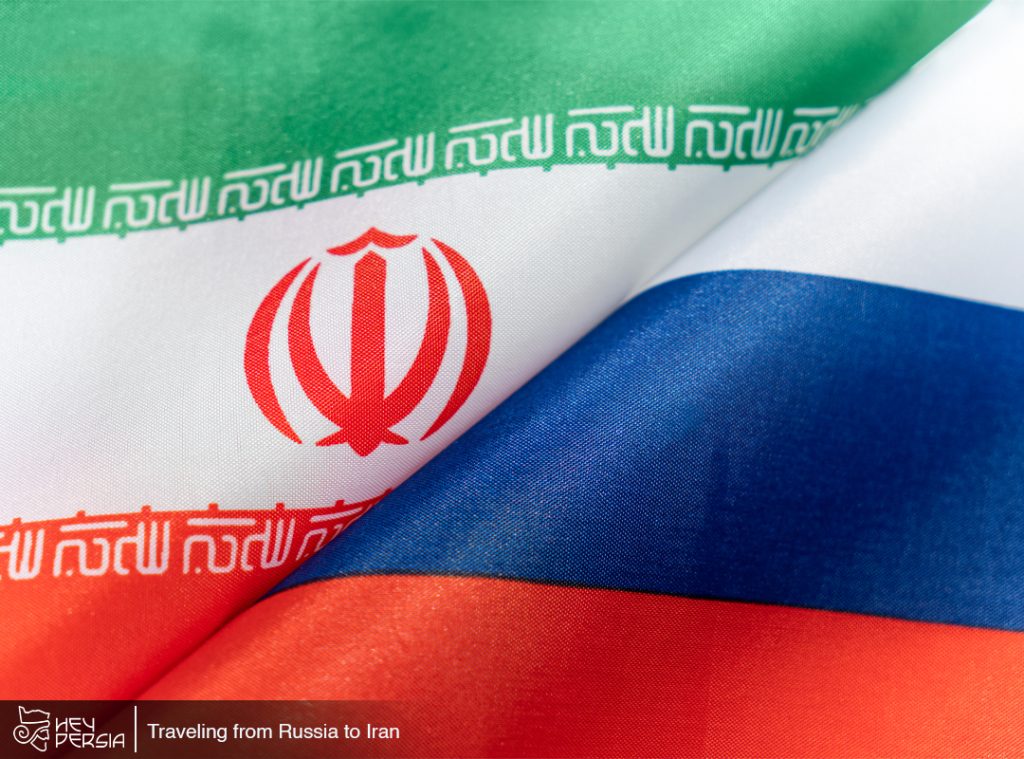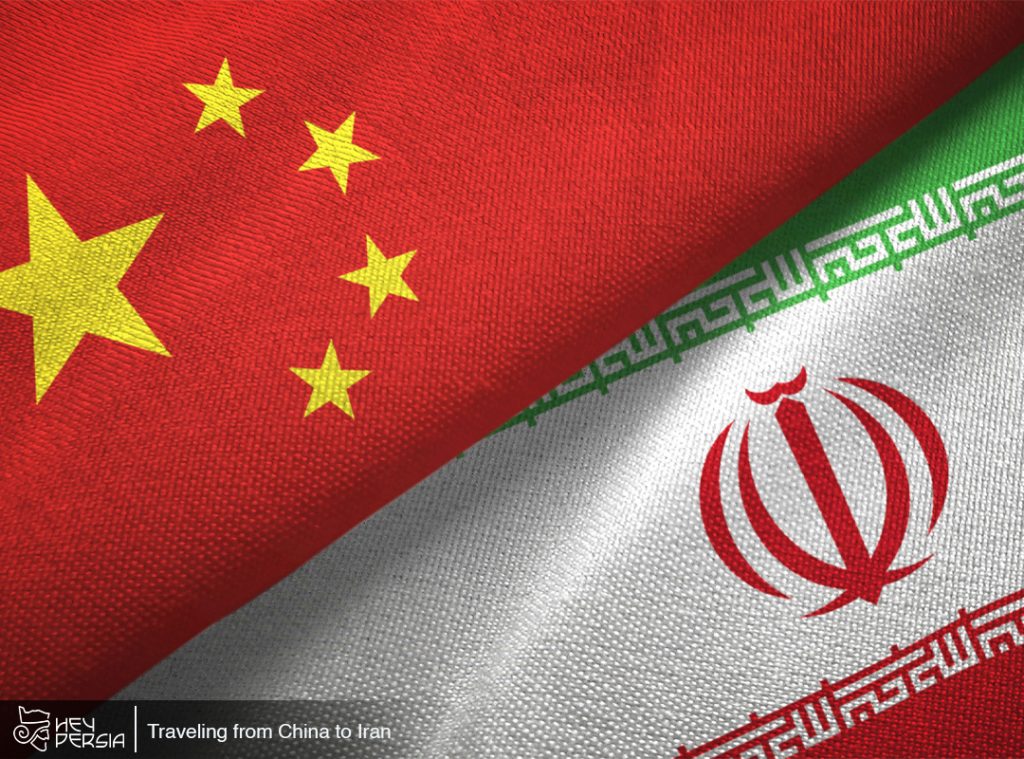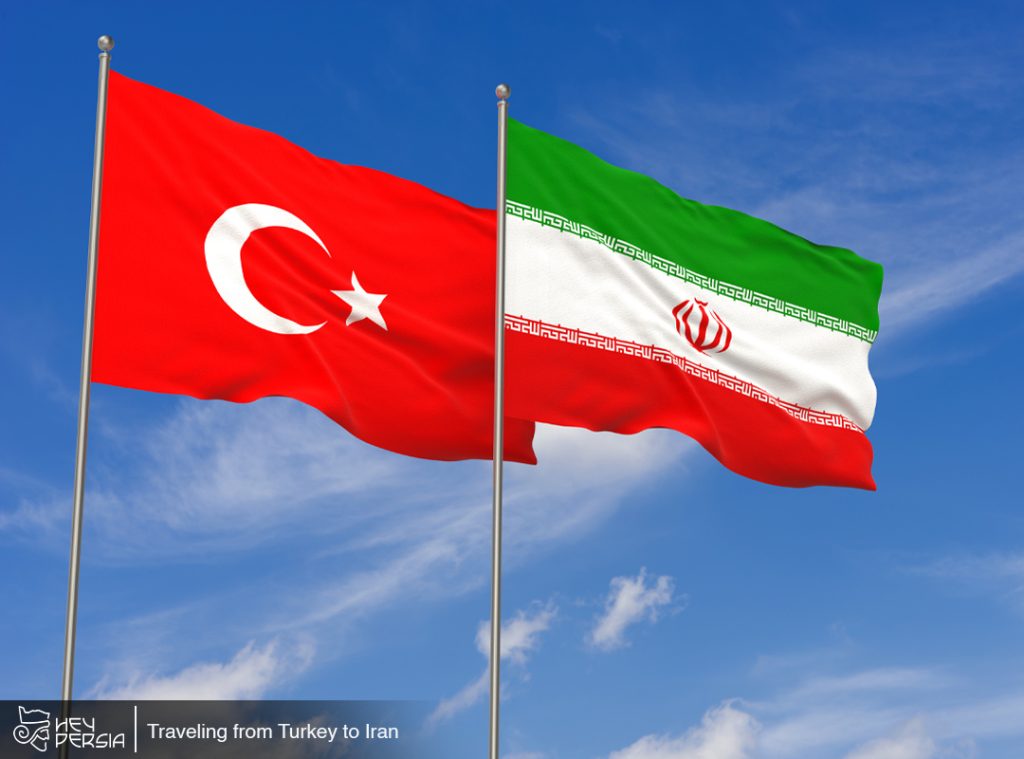Northern Iran boasts a rich tapestry of traditional clothing that reflects its cultural diversity, historical background, and climatic variations. The attire in this region carries influences from various ethnic groups, resulting in distinctive styles that vary across different provinces and communities. Learn more about Northern Persian Traditional Clothing at Hey Persia.
Mazandarani Clothing and Northern Persian Traditional Clothing
Generally, In Mazandaran, a province in northern Iran bordering the Caspian Sea, traditional clothing reflects the lush and humid climate. Women often wear colorful garments, including long dresses adorned with vibrant patterns, and headscarves intricately embroidered with floral motifs. Men typically dress in loose-fitting pants and tunics, sometimes embellished with elaborate embroidery.
Gilaki Attire of Northern Persian Traditional Clothing
Adjacent to Mazandaran, Gilan province showcases its unique clothing traditions. Traditional Gilaki clothing emphasizes comfort and practicality, with loose-fitting attire for both men and women. Additionally, Women wear dresses with vivid colors and detailed embroidery, while men often sport loose trousers and tunics, particularly made from locally produced fabrics like silk and cotton.

Taleshi Clothing and Northern Persian Traditional Clothing
The Taleshi people, inhabiting regions close to the Caspian Sea, have their distinct attire. Taleshi women wear dresses with vibrant colors and intricate embroidery, paired with headscarves adorned with bold patterns. Moreoevr, Men typically wear baggy pants and long coats, reflecting the region’s pastoral lifestyle and historical influences.
Caspian Region’s Influences
The clothing styles in the northern Persian regions along the Caspian Sea reflect influences from neighboring cultures and historical trade routes. Fabrics like silk, cotton, and wool feature prominently in the attire, showcasing the region’s emphasis on comfort and functionality in dressing.
Climate and Clothing Adaptations
The clothing styles in northern Persian regions also consider the climatic variations. Given the moderate climate and higher precipitation in these areas, the attire often includes layers that can be added or removed based on weather changes. Furthermore, Fabrics are selected for their breathability and suitability in the region’s specific climatic conditions.

Cultural Significance of Northern Persian Traditional Clothing
Traditional clothing in northern Iran holds immense cultural significance, representing identity, heritage, and regional pride. These garments are often worn during cultural events, festivals, and weddings, serving as a testament to the region’s rich history and diverse cultural tapestry.
Contemporary Influences and Preservation Efforts
While modern clothing trends have influenced urban dressing in northern Iran, efforts to preserve and showcase traditional attire persist. Cultural festivals, museums, and local initiatives aim to safeguard and promote the unique clothing styles of the region, ensuring they remain an integral part of Persian heritage.
Northern Persian Traditional Clothing
The traditional clothing of northern Iran reflects a mosaic of cultural influences, climatic considerations, and historical legacies. From the colorful and intricately embroidered dresses of Mazandaran and Gilan to the functional and stylish attire of Taleshi communities, these garments encapsulate the region’s diversity and centuries-old traditions. Preserving and celebrating these unique clothing styles is essential in honoring the rich cultural heritage of northern Iran within the broader context of Persian tradition.





